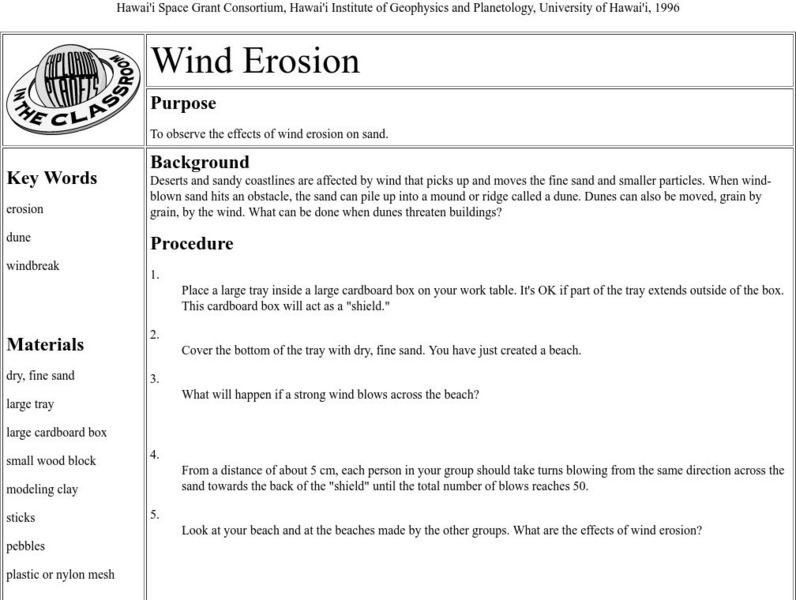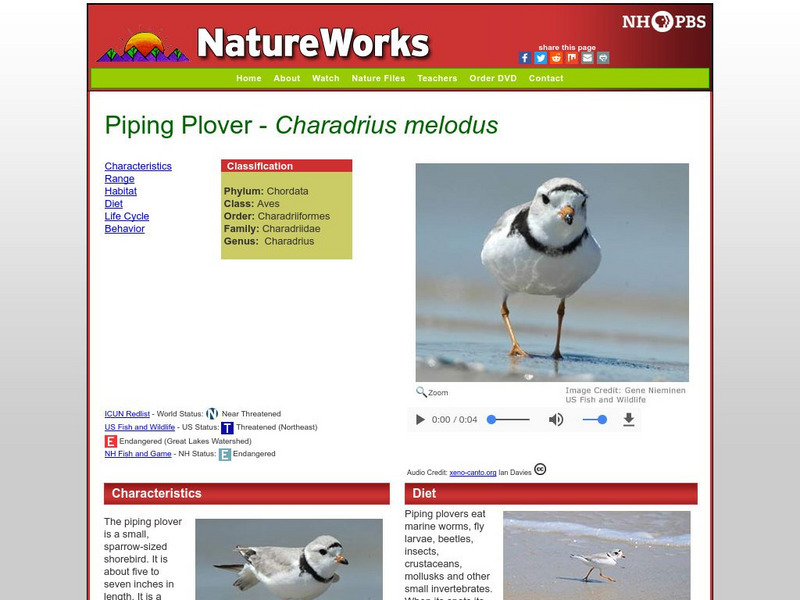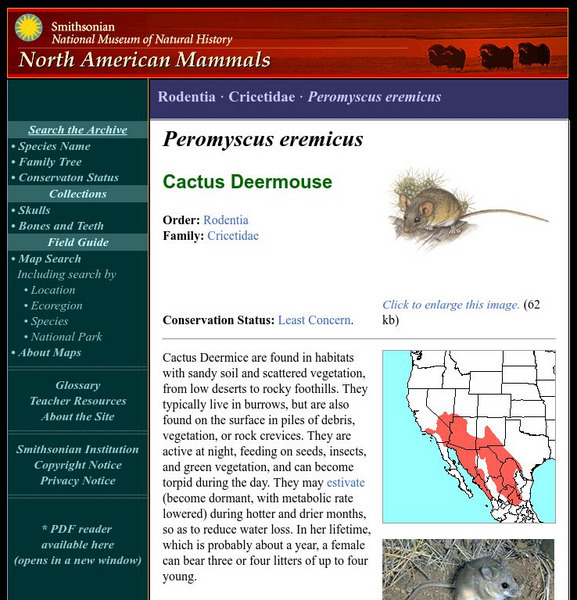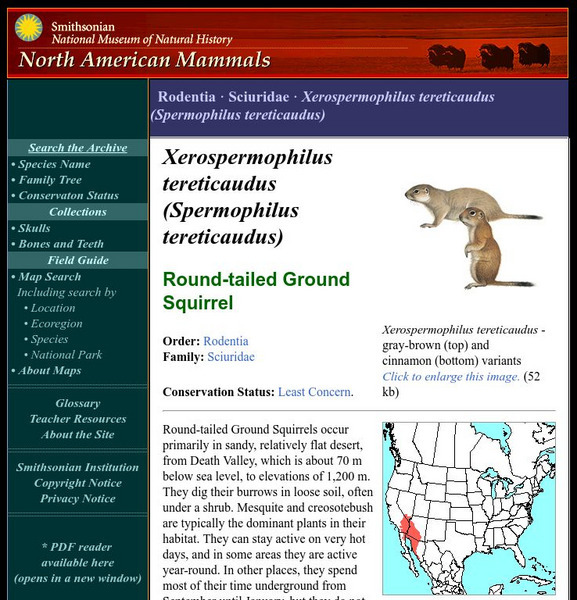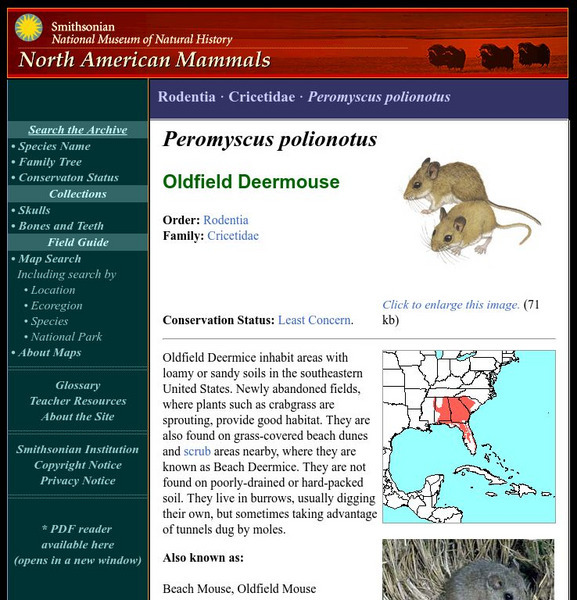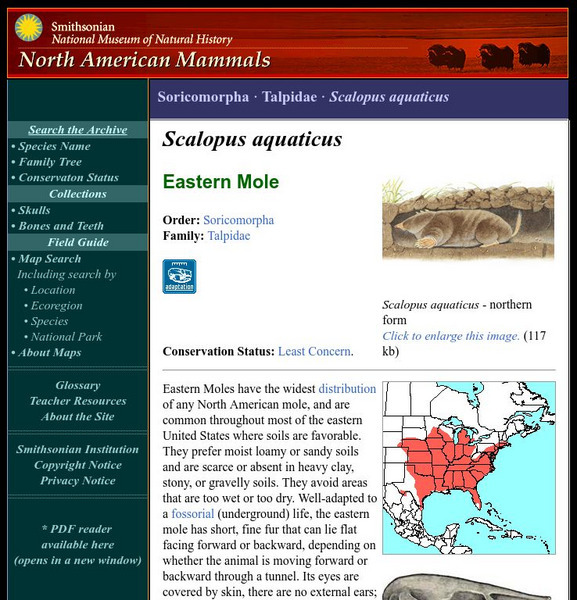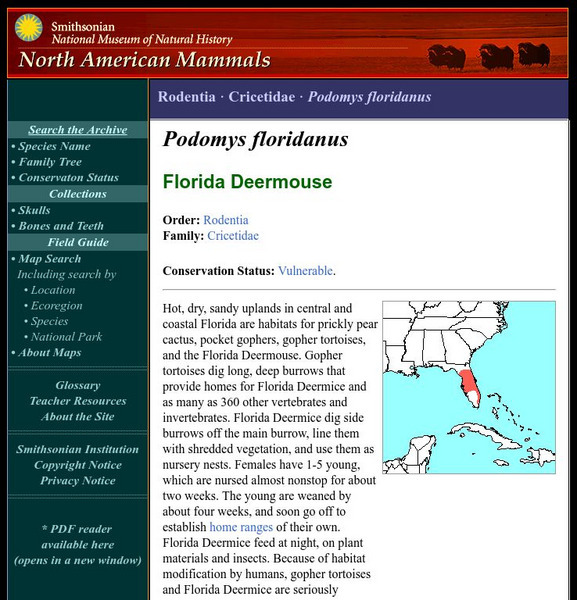Kent State University
Kent State University: Kent State Shootings: May 4 Collections
From Kent University archives, find collections providing Frequently Asked Questions, May 4 Web Exhibit, oral history project, and legal aftermath. Trustworthy source of information on this tragic incident in history.
Read Works
Read Works: Backseat Driver
[Free Registration/Login Required] A literary text about a girl named Sandy whose big brother is learning to drive. A question sheet is available to help students build skills in reading comprehension.
University of Hawai'i
Hawai`i Space Grant Consortium: Wind Erosion (Lesson)
This lesson plan simulates the effects of wind erosion on sandy coastlines, and beaches.
Blackdog Media
Classic Reader: Greenmantle by John Buchan
This is the full text of the novel Greenmantle by John Buchan, the second of five novels by featuring the character of Richard Hanna. Hannay is called in to investigate rumors of an uprising in the Muslim world and undertakes a perilous...
Immigration and Ethnic History Society
Iehs: Nicole Siegel, "Pray or Play: Jews, Yom Kippur, and Baseball"
This article focuses on the importance of the Jewish holiday Yom Kippur to the Jews. It discusses how major players such as Sandy Koufax sat out games that fell on Yom Kippur.
Library of Congress
Loc: Earth as Art: A Landsat Perspective
A really cool site showing Satellite (Landsat 7) images of unique geographical and meteorological phenomena. Images show cloud formations to rainforest devastation.
Art Cyclopedia
Artcyclopedia: Listing of Installation Artists
ArtCyclopedia's list of installation artists from the 19th and 20th centuries. There are links to the artists' biography and works.
Other
Kent May 4 Center
Information about the shooting of four Kent State students on May 4, 1970, including chronology, quotations, and descriptions of the students who were killed and wounded.
Read Works
Read Works: Cliff Dwellers
[Free Registration/Login Required] An informational text about the Ancestral Pueblo cliff dwelling people. A question sheet is available to help students build skills in reading comprehension.
PBS
Nh Pbs: Nature Works: Piping Plover
What would you like to know about the Piping Plover? This site features information on this fascinating aquatic bird. The content includes characteristics, life cycle, habitat, diet, behavior and range.
Khan Academy
Khan Academy: Gallery: Earth From Space
These satellite images of Earth shows some astonishing things about our planet and our relationship with it.
Curated OER
One of Sandy Kidd's Devices
This site explores the speculative concept of gyroscope propulsion, including a description of force precessed gyroscopes. This research could theoretically lead to the development of new engines and thrust devices.
Smithsonian Institution
National Museum of Natural History: American Mammals: Cactus Deermouse
Cactus Deermice are found in habitats with sandy soil and scattered vegetation, from low deserts to rocky foothills. They typically live in burrows but are also found on the surface in piles of debris, vegetation, or rock crevices. Learn...
Smithsonian Institution
National Museum of Natural History: American Mammals: Round Tailed Ground Squirrel
Round-tailed Ground Squirrels occur primarily in sandy, relatively flat desert, from Death Valley, which is about 70 m below sea level, to elevations of 1,200 m. They dig their burrows in loose soil, often under a shrub. Learn more about...
Smithsonian Institution
National Museum of Natural History: American Mammals: Texas Pocket Gopher
Only soils with low percentages of silt, clay, and gravel will do for the Texas Pocket Gopher, so many of its populations are isolated from one another. The species occurs in southern Texas and extreme northeastern Mexico, burrowing in...
Smithsonian Institution
National Museum of Natural History: American Mammals: Oldfield Mouse
Oldfield Mice inhabit areas with loamy or sandy soils in the southeastern United States. Newly abandoned fields, where plants such as crabgrass are sprouting, provide good habitat. Learn more about the Peromyscus polionotus, more...
Smithsonian Institution
National Museum of Natural History: American Mammals: Rock Pocket Mouse
As their name indicates, Rock Pocket Mice dwell in rocky habitats, and only rarely live in areas with sandy or silty soils. Their inconspicuous burrows are located near or under rocks, in rocky gulches or canyons, or near boulders. Learn...
Smithsonian Institution
National Museum of Natural History: American Mammals: Ord's Kangaroo Rat
By occupying the short grass prairie of the Great Plains, and a variety of habitats where there are fine-textured, sandy soils, Ord's Kangaroo Rat has managed a truly enormous geographic distribution. The varied habitats that it occupies...
Smithsonian Institution
National Museum of Natural History: American Mammals: Eastern Mole
Eastern Moles have the widest distribution of any North American mole and are common throughout most of the eastern United States where soils are favorable. They prefer moist loamy or sandy soils and are scarce or absent in heavy clay,...
Smithsonian Institution
National Museum of Natural History: American Mammals: Florida Mouse
Hot, dry, sandy uplands in central and coastal Florida are habitats for prickly pear cactus, pocket gophers, gopher tortoises, and the Florida Mouse. Gopher tortoises dig long, deep burrows that provide homes for Florida Mice and as many...
Smithsonian Institution
National Museum of Natural History: American Mammals: Desert Pocket Mouse
The Desert Pocket Mouse is a common inhabitant of warm deserts throughout the United States and Mexico. It prefers sandy soil and avoids rocky settings, and like other pocket mice, comes out at night to search for seeds. Learn more about...
Shmoop University
Shmoop: The Westing Game
Read about Ellen Raskin's The Westing Game in this insightful website that gives fascinating information about characters, themes and the importance of special quotations.
HotChalk
Hot Chalk: Lesson Plans Page: Aquatic Wildlife and Pollution
This lesson plan is designed to teach young children about healthy and hazardous marine and freshwater environments and be able to describe the effects of the pollution of plastics on wildlife.
Curated OER
Educational Technology Clearinghouse: Maps Etc: Soils of Long Island, 1911
A soil map from 1911 showing the four broad soil types of Long Island, keyed to show areas of stony loams and gravel, coarse sandy loams and gravel, sand (Norfolk), and sandy loams with beach sands or salt marsh.
Other popular searches
- Sandy Coastline
- Great Sandy Desert
- Sandy Hook
- Sandy Intertidal Zones
- Hurricane Sandy
- Sandy Beach Ecosystem
- Sandy Beach


